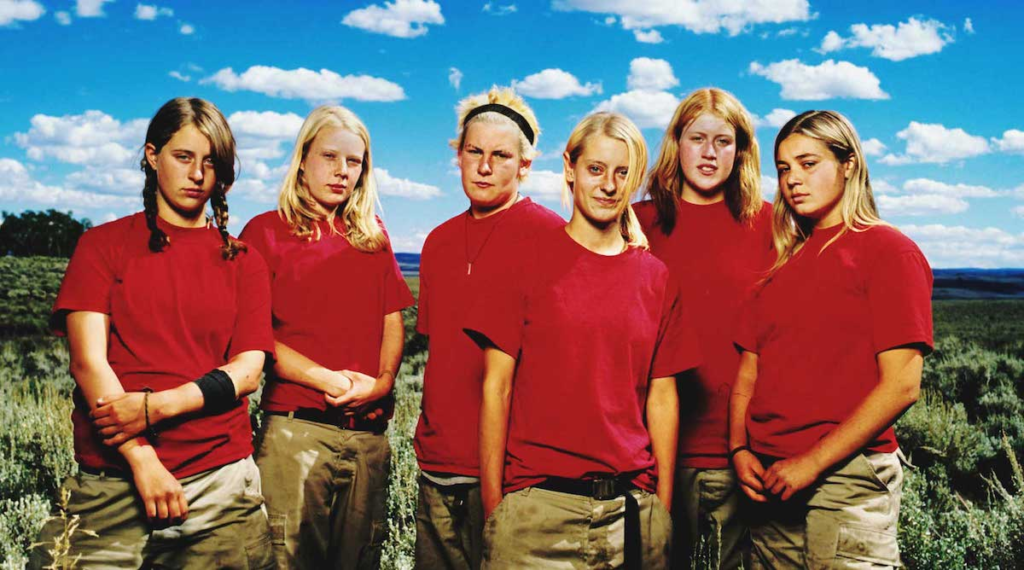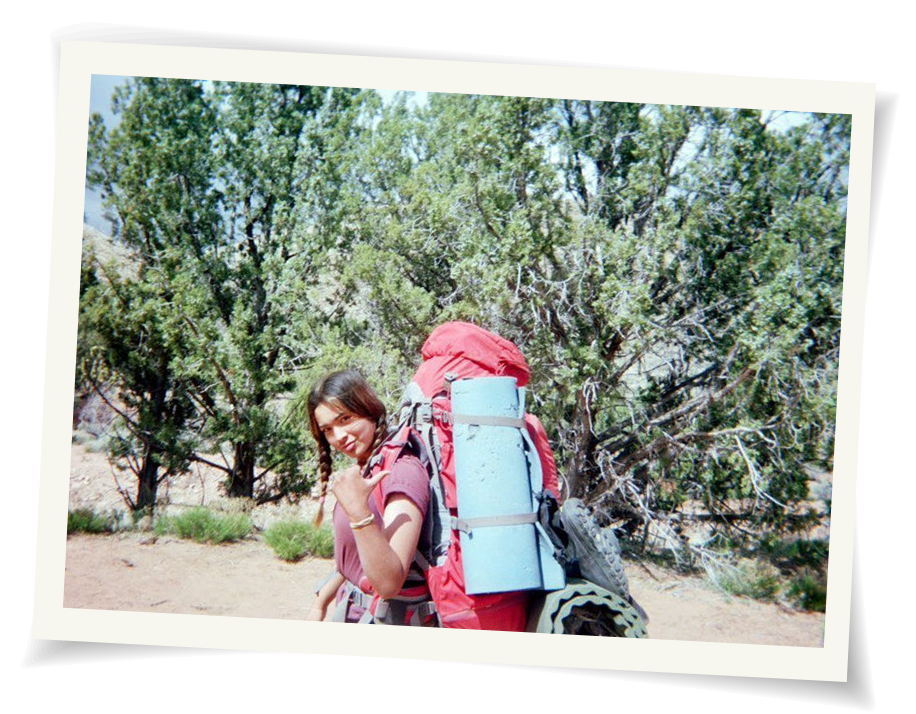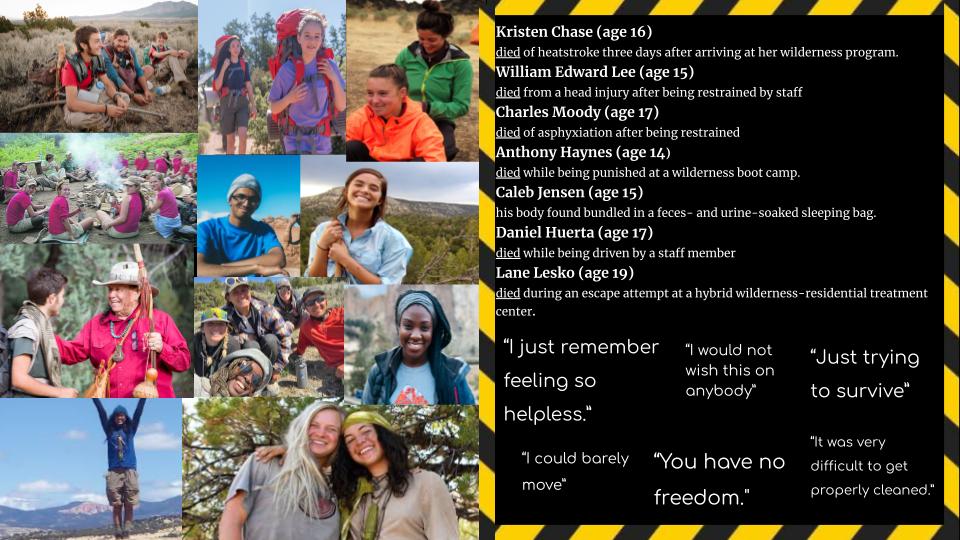Less than two decades ago, the eye-opening television show Brat Camp aired in the UK, Australia, New Zealand, and in the United States, exposing audiences to wilderness therapy as a way to help troubled teens. Filmed at Redcliff Ascent in Utah, the show highlighted the stories of kids who struggled with issues such as drug abuse, anger management, grief, depression, anxiety, and abandonment (Mitten 2009).

The Promise of Wilderness Therapy
Wilderness therapy is an option for adolescents who are engaging in at-risk behavior and who may be resistant to traditional forms of counseling and treatment. (Gillespie 2009). Also known as “challenge courses” or “adventure-based therapy,” wilderness therapy is marketed as a licensed program run by licensed professionals involving assessment, treatment planning, and service delivery for adolescents with mental or behavioral issues. (Pollack 2013). The most prevalent clients for wilderness therapy are adolescents with self esteem problems, depression and suicide intellection, drug or alcohol addictions, and those with school or family issues (Gillespie 2009).
By immersing adolescents in the natural environment, it allows youth who are burnt out from mental fatigue and have high levels of anxiety to be in a restorative environment (Caulkins 2006). The wilderness fosters a setting in which adolescents create a better self-image through consistent physical activity and wilderness activities. Through day-to-day activities, youth learn more cooperative behaviors, find ways to break down stereotypes and preconceived notions about themselves and form personal relationships (Caulkins 2006). Youth also learn to accept and process feedback while relying on their sense of inner wisdom and strength (Russell 2001).
There is evidence that this nature-based approach is effective for improving adolescents’ psyche and relationships with their family. Between 2009 and 2019, a study of 816 adolescents and caregivers reported improvements in psychological and family functioning (Johnson 2020). It has also been shown that clients who have completed wilderness therapy believe they can complete other intimidating tasks. Many clients leave wilderness therapy knowing they are on a path of personal growth and are determined to stay on this path. (Russell 2001)
Lack of Transparency
While it is evident that wilderness therapy is effective for some, the promised benefits are not being fulfilled for all. Despite being sold as a therapy program, some establishments are unregulated and cause harm to youth behind the scenes. Evoke Entrada, a wilderness camp in Utah, is an example of an institution that lacks proper regulation. 16-year old Katelyn Haruko Schmisseur was sent to Evoke Entrada for her eating disorder. Her mother remembers saying, “they’re going to take care of her, the counselors are there, don’t worry about it,.” However, she eventually admitted, “ it really appeared that they were young adults watching over them that weren’t really equipped or specialized. Just older kids watching over younger kids” (Moniuszko 2022).
While wilderness therapy is promoted to families of children with psychiatric disorders and offers to provide youth treatment for mental and behavioral illnesses, psychiatrists are rarely involved in the treatment (Pollack 2013). As a result of this lack of involvement, reports of overmedication, dosing errors, and inappropriate diagnoses of youth are made (Pollack 2013). Additionally, staff members are not always properly trained, yet become responsible for taking care of troubled youth in extreme conditions (Pollack 2013).
The pictures of Katelyn were deceiving for her mother who thought she was getting better. Katelyn was forced to smile in pictures. Meanwhile, behind the photograph is a terrified helpless 16-year-old girl. When she had to use the bathroom, she made eye contact with a staff member in an attempt to gain privacy. As she squatted, they stared. It was a requirement of her wilderness therapy program, they told her (Moniuszko 2022). While some programs are forced to shut down after incidents are reported, many get away with relocating and renaming their program instead (Pollack 2013).

Harm To Youth
In recent years, wilderness camps have made headlines for abusive behavior and deaths among children within their programs. Physical restraints, improper protection against the elements, excessive physical demands, and suicide are all happening within the premises of wilderness camps (Pollack 2013).
Sleeping outside in 25-degree weather and being forced to hike eight to ten miles a day is not a beneficial approach to therapy for all adolescents. For example, Aaron Bacon, who spent almost a month in a southern Utah wilderness program, often complained about feeling tired or weak but, according to the instructors, was apparently “faking it.” Unable to carry his backpack on the trail due to extreme fatigue, he left his backpack behind, and as a result, was refused food from the instructors as a punishment (Pollack 2013). While Aaron Bacon continuously requested medical attention, he was declined. By the time a medical technician came to the site to check on him, it was too late. Bacon had lost 23 pounds and died of acute peritonitis resulting from a perforated ulcer (Pollack 2013).
The experiences and trauma from wilderness therapy can exacerbate the struggles these adolescents had prior to entering the camp.. As Katelyn recalls her time at wilderness camp she says, “you couldn’t complain. It really broke me down to the smallest I’ve ever been in my life. It was terrifying. … I remember just feeling like I had no voice. I had nothing.” Since Katelyn finally returned home, she has struggled with bulimia, PTSD and depression. “What happened to me there has shaped my entire personality,” she says, “if anything, I’m so much worse off after these programs. They ruined my life” (Moniuszko 2022). Katelyns voice is an example of an adolescent who is experiencing trauma from wilderness therapy.
For some, wilderness therapy may have true therapeutic benefits and produce effective outcomes such as reducing mood disorders, behavior disorders, substance abuse, and anxiety (Tucker 2018). However, it would be naive to believe that wilderness therapy is a one-size-fits-all model. Undertrained and undereducated staff at wilderness camps have caused harm ranging from mental to physical trauma. It is evident that for at least 200 people in the United States, this harm has even resulted in death. All in all, the discrepancy in effectiveness of treatment leads to the conclusion that increased regulation is necessary to ensure that wilderness therapy can set out to fulfill its purpose.

References:
Berman, D. & Davis-Berman, J. 2009. The Promise of Wilderness Therapy. Colorado: Association for Experientail Education
Caulkins, Michael C. 2006. “The Role of Physical Exercise in Wilderness Therapy for Troubled Adolescent Women.” Joumal of Experiential Education. 29(1).
Danes. “Victims of the Troubled Teen Industry in the United States.” A 1000 Places You Don’t Want to be as a Teenager. Retrieved April 25, 2023 (https://1000placesudontwanttobe.wordpress.com/victims-of-the-troubled-teen-industry/).
Gillespie, E. and Allen-Craig, S. 2009. “The Enhancement of Resilience Via a Wilderness Therapy Program: A Preliminary Investigation.” Australian Journal of Outdoor Education 13(1):39-49.
Johnson, E. G., Davis, E. B.,, Johnson, J., Pressley, J.D., Sawyer, S., & Spinazzola, J. 2020. “The Effectiveness of Trauma-Informed Wilderness Therapy with Adolescents.” Psychological Trauma: Theory, Research, Practice, and Policy 12(8):878–887
Moniuszko, S. 2022. “Wilderness Therapy was Supposed to Help These ‘Troubled Teens.’ It Traumatized them Instead.” USA Today, December 08, Retrieved April 18, 2023 (usatoday.com/in-depth/life/health-wellness/2022/12/08/wilderness-therapy-troubled-teen-industry/9890694002/).
Pollack, D., Eisenberg, K., and Shipp, K. 2013 “Wilderness Therapy Settings: An Industry in Need of Legal and Regulatory Oversight.” Yeshiva Academic Institutional Repository.
Russell, K.C 2001. “What is Wilderness Therapy?” The Journal of Experiential Education 24(2)
Tucker A. R., Combs, K. M., Bettmann, J. E., Chang, T., Graham, S. Hoag, M., and Tatum, C. 2018 “Longitudinal Outcomes for Youth Transported to Wilderness Therapy Programs.” Research on Social Work Practice 28(4)